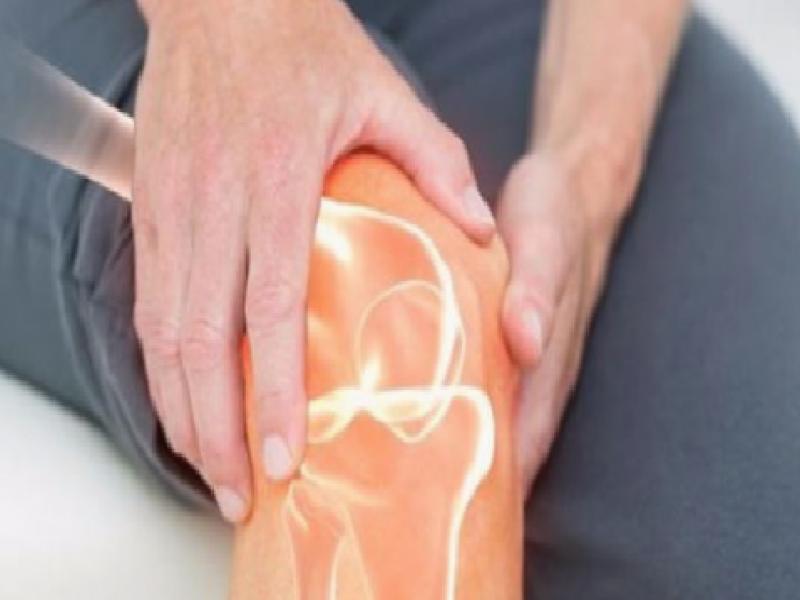Tendinopathies refer to a disease or disorder of a tendon. It is a type of injury that affects the wrist tendons. Many times tendinopathy is defined as an umbrella term with the aim of providing all the rules of the tendon. However, in some cases it describes a chronic tendon condition that cannot be healed. This situation usually occurs in athletes. However, it is known that it is a common condition in elderly people. In the middle of the symptoms, there are situations such as experiencing pain while performing certain movements, feeling stiffness in the morning, and local sensitivity.
It is necessary to examine the areas where pain is experienced and to determine the treatment system according to the result. During the examination, detailed information is obtained so that the most appropriate method for the patient’s condition is revealed. The problem may occur differently in each patient and the symptoms may manifest themselves differently. Therefore, every aspect must be taken into account.
Tennis and Golfer Elbow
What is tennis and golfer’s elbow? Tennis elbow is a painful condition that occurs where the muscle and tendon on the outside of the elbow attach to the bone. In this problem, it is seen that there is a weakening at the tendon attachment site. Especially in cases where this muscle is moved, it causes a lot of pain. It is known that it is a problem that can occur in all age ranges, especially in individuals who play tennis frequently.
Golfer’s elbow is defined as pain and tenderness in the bony prominence on the inside of the elbow. The tendons of the muscles used during wrist flexion adhere to the medial epicondyle. Thus, excessive use of these muscles causes the person to experience discomfort. When the muscles in here are used a lot, the tendons are exposed to the pulling force in the area where they are attached. As a result, a burning sensation and ruptures occur in the tendons. As a result, it causes the person to experience a lot of pain. It is a more common problem between the ages of 20 and 50.
Heel Spur
A heel spur is defined as a calcium deposit that occurs in the middle of the heel bone and the sole of the foot. It usually starts in the front of the heel and gradually spreads to the entire foot. It cannot be seen because it is so small. In some cases, the diagnosis can be difficult. It can be caused by walking, running or jumping on a hard surface, as well as due to tension. It can also be defined as a pointed growth on the heel bone and can be seen on X-ray. Sometimes it may occur due to another underlying health issue, and sometimes it may occur independently.
It is known that it can be caused by many reasons such as being overweight and obesity, using incompatible shoes and moving on a hard surface. It can also occur due to a blow to the heel or due to diabetes. It is known that it is more common in women at the same time. In the middle of the symptoms, there are inflammation and swelling in the front of the heel, an increase in temperature around it, a tiny protrusion under the heel, and difficulty in walking with bare feet. However, in some individuals, it does not cause a random symptom and is noticed randomly. The symptoms and cause of each individual may be different. The cause is tried to be found and a treatment procedure is created accordingly.
Calsphic Tendinitis
Calcific tendinitis is caused by a buildup of calcium in the area where the tendons attach to the bone. Calcium accumulation found here can be seen by X-ray. When calcium builds up in the tendon, pressure builds up and causes pain. It can cause quite severe shoulder pain. The most obvious and frequent symptom is shoulder pain, and this pain usually occurs at night. In addition, these pains restrict the mobility and allow the muscles to weaken and become weak for this reason. First of all, drug treatment etc. for calcific tendinitis. non-surgical procedures are applied. However, if there is no random decrease, it is seen that surgical methods are used.

